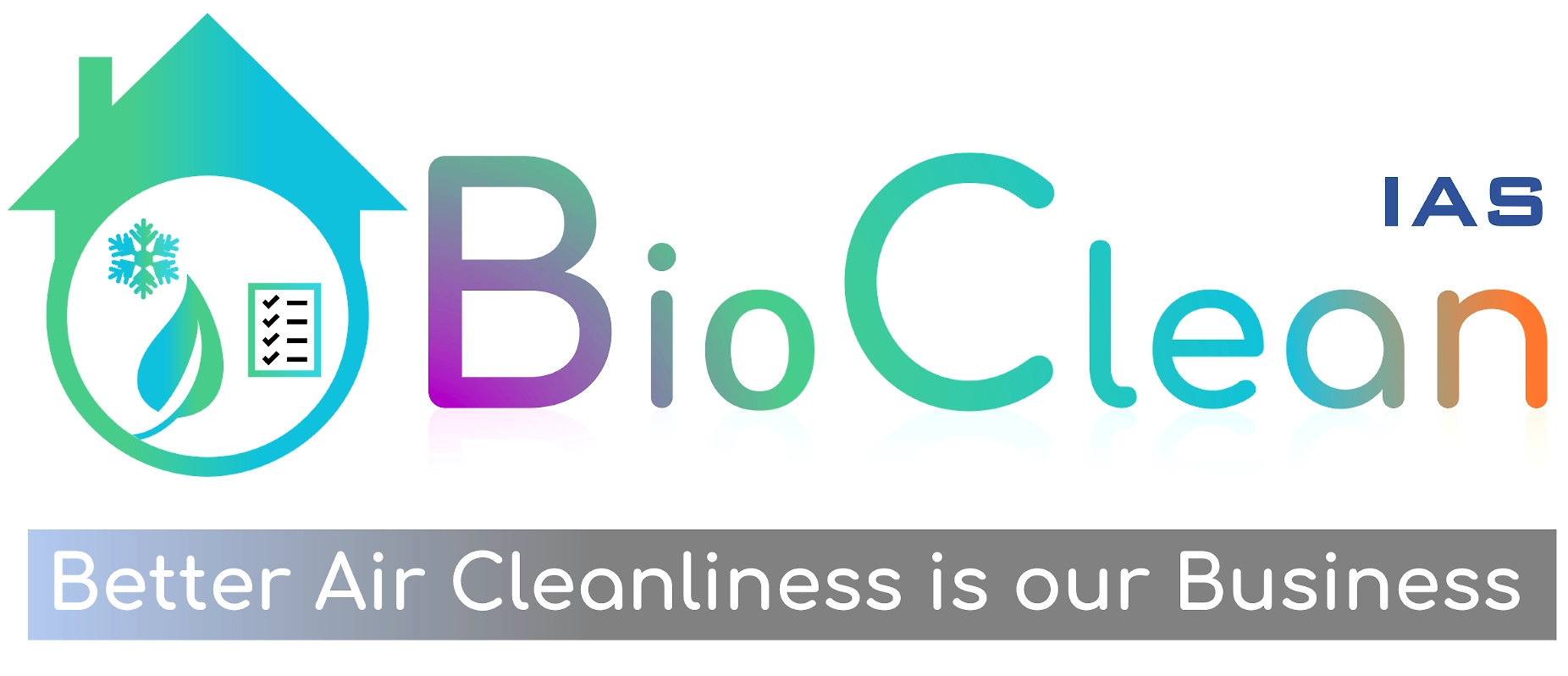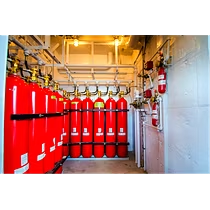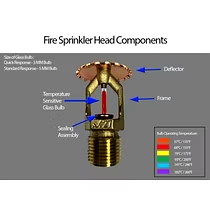-
Buyer
Register as a Foriegn Buyer
-
Seller
Log In Register as a Seller
Buyer

Seller

3 Products
Min Order Qty 1
Accept Small Orders
Min Order Qty 1
Accept Small Orders
Min Order Qty 1
Accept Small Orders

BIO CLEAN INTEGRATED AIR SYSTEM PVT. LTD.
Mumbai, India
Business Operations: Service Provider
Avg Response time: Less than 24hrs

BIO CLEAN INTEGRATED AIR SYSTEM PVT. LTD.
Mumbai, India
Business Operations: Service Provider
Avg Response time: Less than 24hrs

BIO CLEAN INTEGRATED AIR SYSTEM PVT. LTD.
Mumbai, India
Business Operations: Service Provider
Avg Response time: Less than 24hrs
Your enquiry has been sent successfully to
Safety & Emergency Systems



